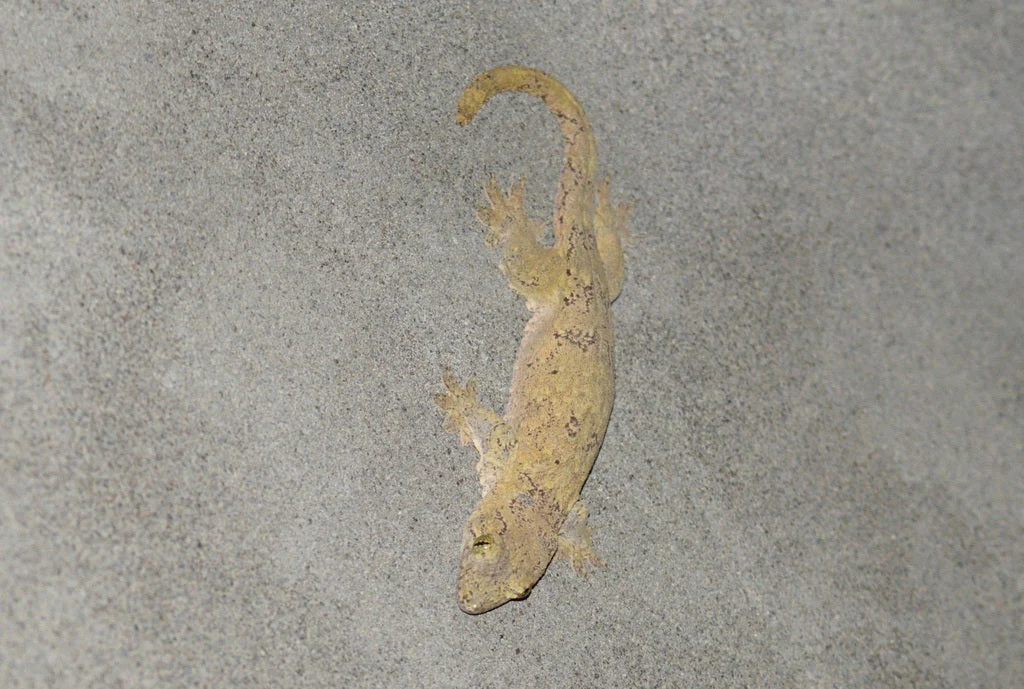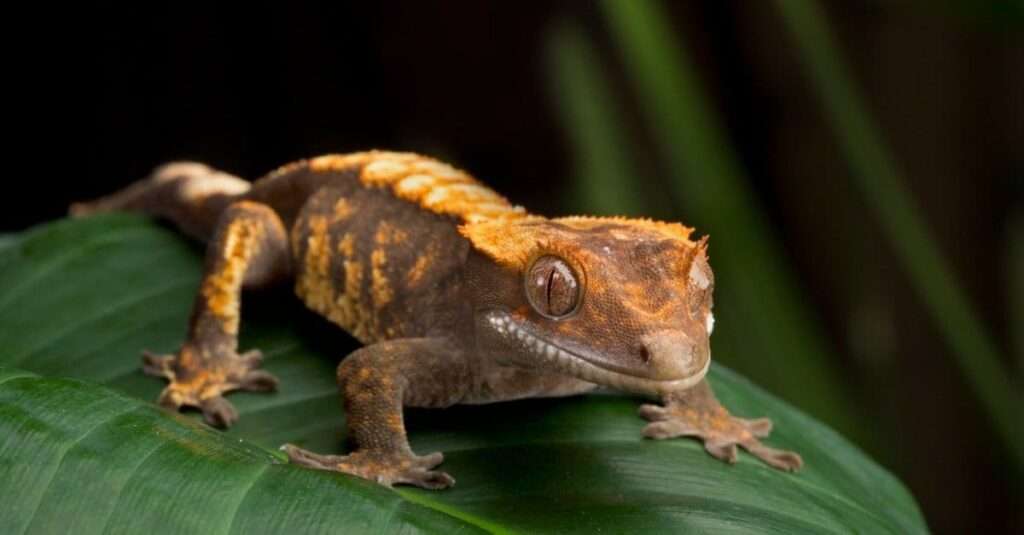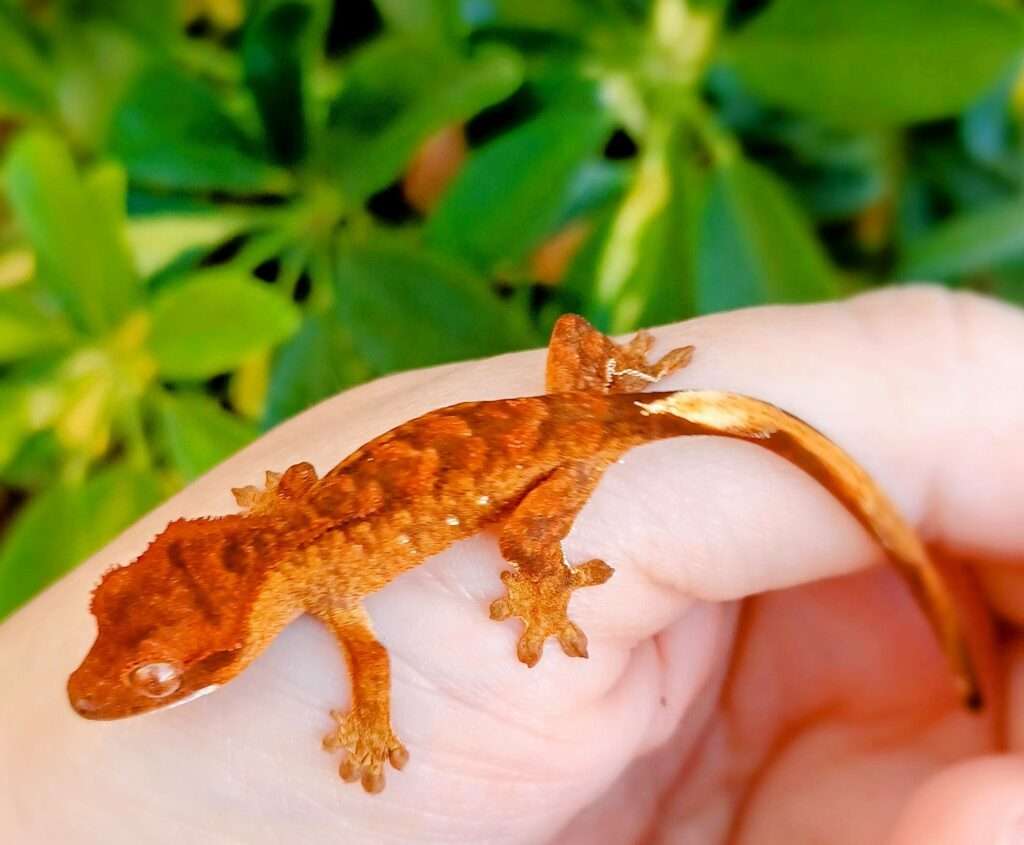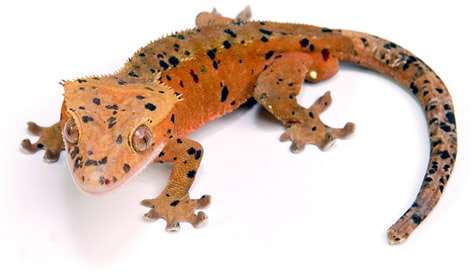
Description:
Scientific name: Gehyra marginata
Life span: 15-20 year
Because of their distinctive appearance, the Halmahera gecko, also known as the Ternate dtella or Halmahera huge gecko (Gehyra marginata), is a rare species. They have superb grapple-hook claws and large, lovely green eyes. Its skin features noticeable wrinkles, which is an adaptation for camouflaging in their environment by mimicking the bark of trees. These geckos’ background-blending abilities make it difficult to tell them apart.
Native Region/Habitat
It is a gecko species that is unique to Indonesia.
Behavior:
Giant geckos from Halmahera do not enjoy handling. In fact, they are equipped with a protection mechanism that allows them to drop their tails when frightened or attempting to flee from a predator. The tail will not grow back if it is dropped. When threatened, they can also slough off large portions of skin.
Halmahera giant geckos make lovely pets, but they are more suited for seasoned pet owners than for newcomers.

Care As a pet/In captivity:
Housing: In a 20 to 30 gallon aquarium, one adult Halmahera Gecko can live happily. Due to their arboreal nature, they require more vertical room than horizontal area. Always have a permanent, tight lid on the container. To reduce the possibility of predators getting inside and hurting the geckos, you should make sure to keep the tank secured. Employ paper towels, cork bark, and artificial silk plants with suction cups to give geckos the essential hiding places they need.
Temperature: Ectotherms require outside temperature control for good health. These geckos need a temperature range of 70 to 75 degrees Fahrenheit in the winter and 75 to 80 degrees Fahrenheit in the summer. Despite their appearance as durable reptiles, they require constant attention and a basking area with a temperature of about 80 degrees Fahrenheit; the temperature should never rise above 85 degrees to prevent stress in the animals. You must sprinkle the cage three times each day during the winter months because the air is dryer.
Humidity: Halmahera geckos require an environment with a high humidity level, ideally between 60 and 80%, though this can fluctuate between 50% during the day and 100% at night. Use a digital probe hygrometer to measure humidity levels by placing the probe in the center of the terrarium.
Food: The Halmahera geckos can be fed on common insects such Dubai roaches, crickets, mealworms, super worms (for adults), goliath worms, silkworms, rusty-red Turkish roaches, and similar pests twice a week. Feeding them pinky mice, rats, or wax worms that contribute fat is not recommended. Also, avoid feeding them with baby food as this could result in metabolic problems. Bone illness
Table





